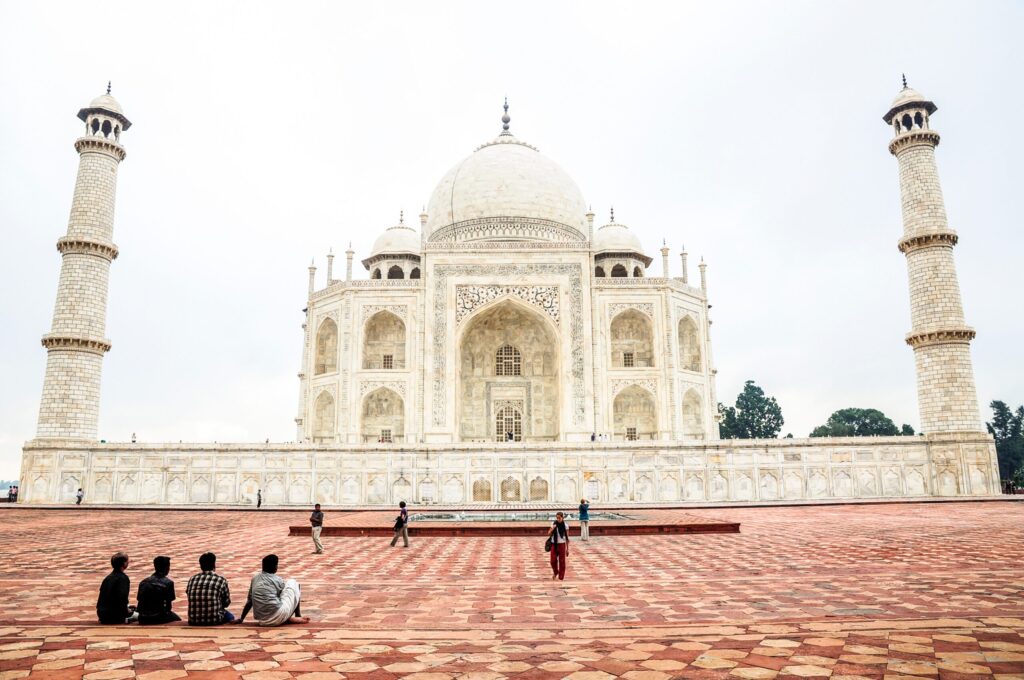Ericsson says India should make available 6 GHz band

Operators in Indian are asking the government to assign the 6 GHz band (6,425-7,125 MHz) for IMT or commercial mobile services in the domestic market
The Indian government needs to make available spectrum in the 6GHz band as soon as possible to support the growing data requirements of current 5G and future 6G networks, local news site Moneycontrol reported, citing Ericsson’s global CTO, Erik Ekudden as saying.
Ekudden also suggested that telecom operators in India and around the world should consider integrating satellite technology into their overall coverage strategies. He described satellite technology as a complementary resource rather than a competing one, according to the report.
Operators in Indian are asking the government to assign the 6 GHz band (6,425-7,125 MHz) for IMT or commercial mobile services in the domestic market and incorporate it into the National Frequency Allocation Plan (NFAP) to support 5G growth in the country.
“The 6Ghz band is very important along with existing sub-6 GHz bands. As you go to 5G and 6G, you need to be able to re-use these bands. Just like we do today, combining with carrier aggregation, 700 MHz band or 850, or 900 MHz band, with the higher bands of 3-5 GHz, that’s the same thing that we need to continue to do because low band gives better indoor coverage and better uplink performance. The mid-band provides the capacity,” Ekudden said.
Last year, Industry association GSMA has reiterated that India should identify and support 6 GHz spectrum for the expansion of 5G services across the country.
In a letter to India’s communications minister Ashwini Vaishnaw, the GSMA had said: “The 6 GHz range is the primary mid-band spectrum to meet the needs for 5G expansion and its timely availability will drive cost-efficient network deployment, help lower the broadband usage gap and support digital inclusion.”
The GSMA urged the Indian government should support the 6 GHz frequency band for International Mobile Telecommunications (IMT) identification, at regional and international platforms such as the APG and WRC-23.
Currently, the frequencies in the 6GHz band are partly used for satellite operations by the Indian Space Research Organization (Isro), according to previous reports.
The Wireless Planning and Coordination wing (WPC) of India’s Ministry of Communications had formed a committee last year to define a strategy for identifying the 6 GHz band for the provision of mobile telephony services.
The Cellular Operators Association of India (COAI) also urged the national government to award spectrum in the 6GHz band to boost 5G coverage across India.
In June, the Indian government confirmed it sold a total of 141 megahertz of spectrum across eight bands, including 800 MHz, 900 MHz, 2.1 GHz, 3.3 GHz and 26 GHz. The government raised a total of INR113.4 billion ($1.3 billion) in the process.
Bharti Airtel was the top bidder in the auction. The carrier spent a total of INR68.6 billion to acquire 97 megahertz of spectrum, followed by Vodafone Idea which acquired frequencies for a total of INR35.1 billion and Reliance Jio Infocomm, who spent nearly INR10 billion to secure additional 5G frequencies.
Both Bharti Airtel and Reliance Jio Infocomm already provide 5G service countrywide.

Comments are closed.